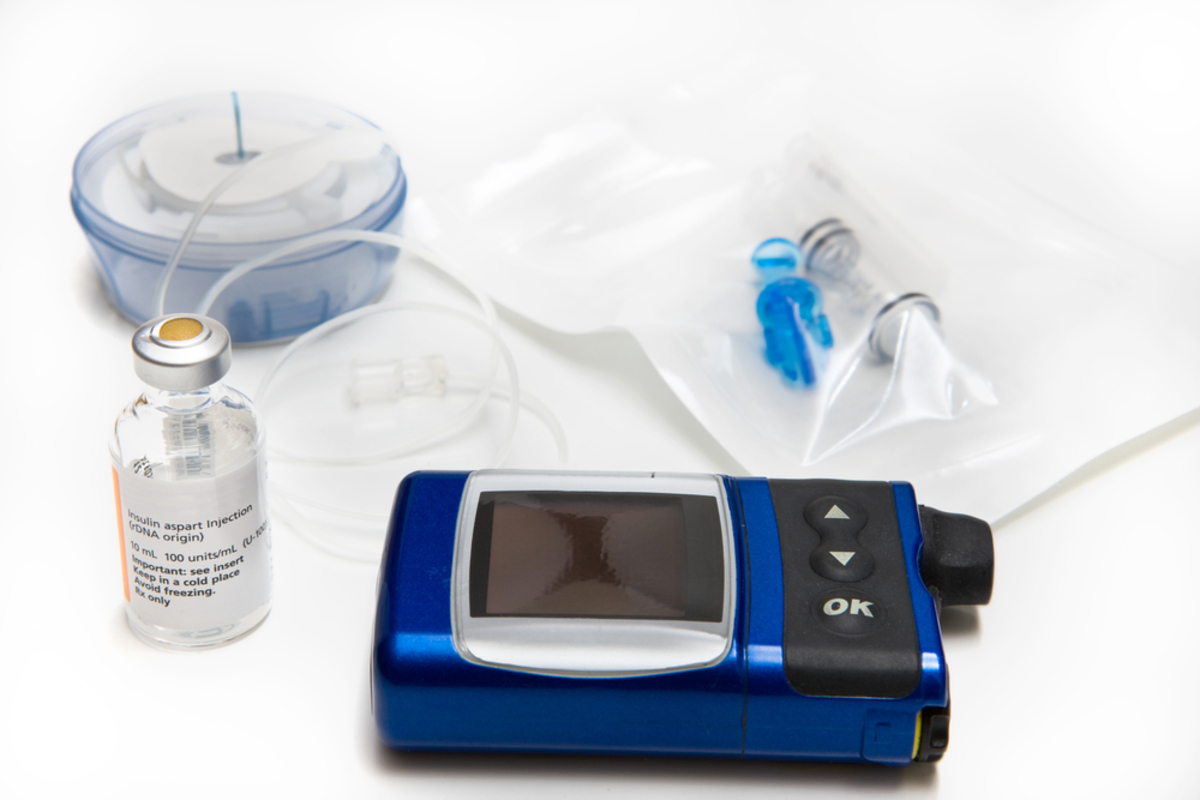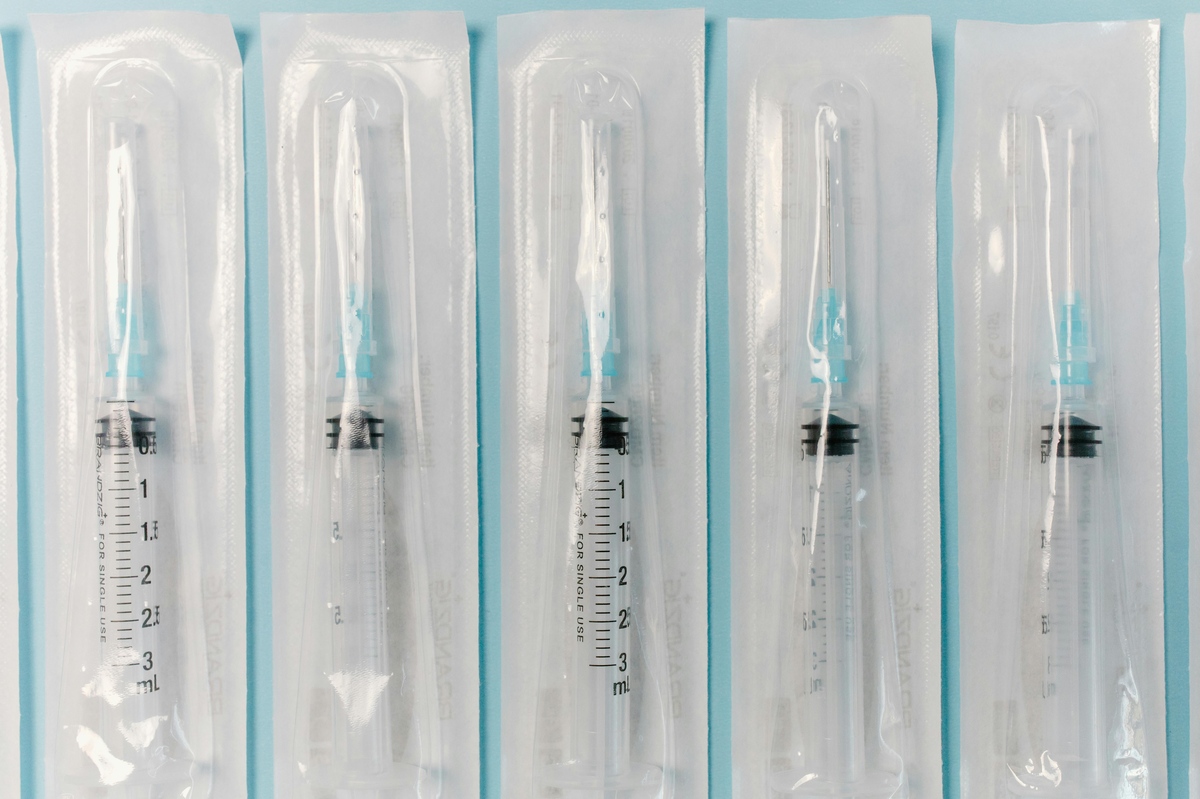The Global Insulin Infusion Pumps Market: A Comprehensive Overview

Strong 8k brings an ultra-HD IPTV experience to your living room and your pocket.
The global Insulin Infusion Pumps Market is experiencing robust growth, with significant technological advancements, rising diabetes cases, and growing awareness of diabetes management propelling the demand for these devices.
In this article, we will explore the current trends, growth factors, market segmentation, and the competitive landscape of the insulin infusion pumps market, providing a detailed analysis of the industry.
Insulin Infusion Pumps Market Overview
Insulin infusion pumps, often referred to as insulin pumps, are compact, wearable medical devices that deliver a continuous subcutaneous infusion of insulin. These devices are primarily used by individuals with Type 1 diabetes who require constant insulin administration to manage their blood glucose levels. Traditional insulin therapy involves multiple daily injections (MDI) of insulin, but insulin pumps offer a more flexible and precise alternative by mimicking the body's normal release of insulin.
The device delivers insulin in two ways:
Basal rate: Continuous delivery of small amounts of insulin to keep blood glucose levels steady between meals and during sleep.
Bolus dose: Extra insulin that can be delivered at mealtimes to control blood sugar spikes.
Insulin pumps have emerged as a popular choice for individuals seeking better control over their diabetes management, as they reduce the frequency of injections and offer more flexibility in lifestyle choices.
Market Growth Drivers
Several factors are contributing to the growing demand for insulin infusion pumps. The global insulin infusion pumps market is expected to witness substantial growth, with projections indicating a market size increase from USD 5.00 billion in 2023 to USD 9.20 billion by 2030, at a compound annual growth rate (CAGR) of 8.20%. Some of the key growth drivers include:
Rising Prevalence of Diabetes: The increasing prevalence of diabetes, particularly Type 1 diabetes, is a significant factor driving the demand for insulin infusion pumps. According to the International Diabetes Federation (IDF), an estimated 537 million adults were living with diabetes in 2021, and this number is projected to rise to 783 million by 2045. With more people being diagnosed with diabetes, the demand for advanced treatment options like insulin pumps is growing.
Technological Advancements: The insulin infusion pumps market has seen remarkable technological innovations. Modern pumps are now integrated with continuous glucose monitoring (CGM) systems, allowing for real-time monitoring and automated insulin delivery adjustments based on glucose readings. The advent of closed-loop systems, also known as artificial pancreas systems, is a breakthrough in diabetes management. These systems use algorithms to adjust insulin delivery automatically, reducing the burden on users.
Increasing Awareness and Adoption: Greater awareness of diabetes management solutions, coupled with the growing availability of insulin pumps, has led to higher adoption rates. Healthcare professionals and patients are becoming more aware of the benefits of insulin pumps, such as improved glycemic control, reduced risk of hypoglycemia, and enhanced quality of life. Educational campaigns and support from diabetes organizations have also played a crucial role in promoting insulin pump usage.
Growing Demand for Minimally Invasive Treatments: Insulin infusion pumps offer a less invasive alternative to multiple daily injections, making them a preferred option for patients who seek better glucose control with minimal disruption to their daily lives. This trend towards minimally invasive treatments is contributing to the increased demand for insulin pumps.
Favorable Reimbursement Policies: In several countries, favorable reimbursement policies for insulin infusion pumps are encouraging more patients to adopt these devices. Insurance coverage for insulin pumps and related supplies helps reduce the financial burden on patients, making these devices more accessible.
Market Segmentation
The global insulin infusion pumps market can be segmented based on product type, application, end-user, and region.
1. By Product Type:
Tethered Pumps: These pumps are connected to the body via tubing and are worn outside the body. Users manually adjust the insulin delivery through a control device. Tethered pumps are widely used due to their versatility and reliability.
Patch Pumps: Patch pumps are tubeless and are directly attached to the skin. They deliver insulin through a small cannula inserted under the skin and are controlled wirelessly. These pumps offer greater convenience and are gaining popularity, particularly among active individuals.
2. By Application:
Type 1 Diabetes: The majority of insulin pump users are individuals with Type 1 diabetes, as they require constant insulin delivery to manage their blood glucose levels. Type 1 diabetes accounts for a significant share of the insulin infusion pumps market.
Type 2 Diabetes: Although insulin pumps are primarily used for Type 1 diabetes, they are also increasingly being prescribed for individuals with Type 2 diabetes who require intensive insulin therapy.
3. By End-User:
Hospitals: Hospitals are a major end-user segment, as they often initiate patients on insulin pump therapy and provide the necessary training and support.
Home Care Settings: A growing number of individuals are using insulin pumps in home care settings, allowing for greater independence and convenience in managing their diabetes.
Specialty Clinics: Diabetes clinics and specialty centers are also key end-users, providing patients with personalized diabetes management solutions.
4. By Region:
North America: North America dominates the insulin infusion pumps market, driven by the high prevalence of diabetes, advanced healthcare infrastructure, and strong adoption of technology. The United States is the largest market in this region, with a well-established reimbursement framework and widespread use of insulin pumps.
Europe: Europe is another significant market for insulin pumps, with countries like Germany, the UK, and France leading the adoption. Government initiatives to support diabetes management and growing awareness contribute to market growth in this region.
Asia Pacific: The Asia Pacific region is expected to witness the highest growth rate, driven by the rising prevalence of diabetes, improving healthcare infrastructure, and increasing access to advanced medical devices in countries like China, India, and Japan.
Latin America, Middle East & Africa: These regions are gradually adopting insulin infusion pumps, but growth is slower due to lower awareness and limited access to advanced healthcare technologies.
Competitive Landscape
The insulin infusion pumps market is highly competitive, with several key players dominating the industry. Some of the leading companies in the market include:
Medtronic: A global leader in medical devices, Medtronic is one of the top players in the insulin infusion pumps market. The company offers a wide range of insulin pumps, including advanced systems with integrated continuous glucose monitoring (CGM) and hybrid closed-loop technology.
Roche Diagnostics: Roche is a prominent player in the diabetes care industry, offering insulin pumps and related products. Their Accu-Chek insulin pump systems are widely used across the globe.
Tandem Diabetes Care: Tandem is known for its sleek, user-friendly insulin pumps, such as the t
X2 pump, which integrates with Dexcom's CGM technology. Tandem’s focus on innovation and design has made it a popular choice among users.
Insulet Corporation: Insulet’s Omnipod is a tubeless, patch pump that has gained popularity due to its convenience and ease of use. The Omnipod system offers a unique alternative to traditional insulin pumps and is favored by active users.
Ypsomed: Ypsomed offers the mylife YpsoPump, a compact and easy-to-use insulin pump that is gaining traction in the market. The company focuses on providing user-friendly solutions for diabetes management.
Future Outlook
The future of the insulin infusion pumps market looks promising, with continued advancements in technology, increasing awareness of diabetes management, and growing access to healthcare driving the market forward. The integration of artificial intelligence (AI) and machine learning (ML) in insulin pumps is expected to further revolutionize the industry, enabling more personalized and precise insulin delivery. Additionally, the expanding use of telemedicine and remote monitoring will enhance patient outcomes and reduce the burden of diabetes management.
Conclusion
The global insulin infusion pumps market is poised for significant growth, driven by rising diabetes prevalence, technological innovations, and increasing adoption of advanced diabetes management solutions. With ongoing research and development, the market is set to offer even more sophisticated and user-friendly devices in the coming years, improving the lives of millions of individuals with diabetes worldwide. As the demand for better glycemic control and minimally invasive treatments continues to rise, insulin infusion pumps will play an increasingly vital role in diabetes care.
Note: IndiBlogHub features both user-submitted and editorial content. We do not verify third-party contributions. Read our Disclaimer and Privacy Policyfor details.







